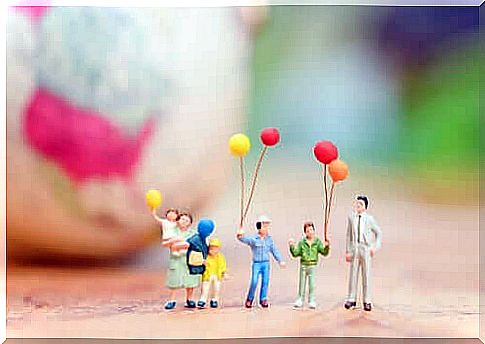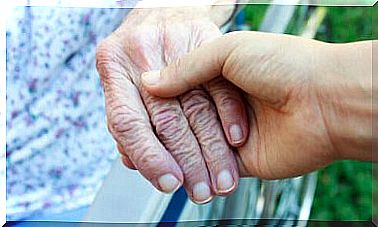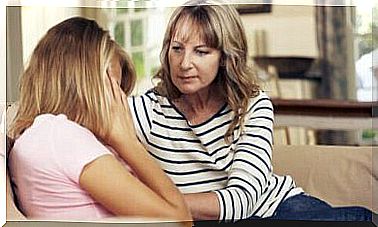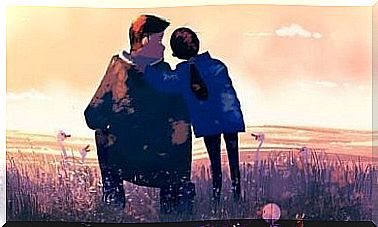Family Myths And What Impact They Have On Us

Family myths and stories are fictitious beliefs and hopes shared by an entire family. This belief is linked to the family and is part of the bonds that bind the family together. The myths are believed to be true and determine both individual and collective group behavior. They also determine the roles of each person.
The most common type of family myths are preconscious. In other words, they are on the border between the conscious and the unconscious. While the family admits to having certain beliefs, it is not clear to what extent these beliefs reach family members, or why these ideas are considered valid.
Although family myths are defined as fictitious, the truth is that there are almost always painful or intolerable truths behind these beliefs. In general, clues to these myths are found in secret or implicit rules that each family group implements.

Family myths and impact: Characteristics of family myths
A characteristic of family myths is that they mainly take shape when it comes to assigning roles in the family. These beliefs define who is the “black sheep” or the “role model”, and so on. There is often strong opposition to change in these roles. It can even become a taboo subject.
Other characteristics of these myths are the following:
- They form relationships within the family.
- They represent the image that the family has of themselves.
- Any attempt to change one’s mind leads to strong resistance.
- They perform the role of covering up a reality that the family refuses to accept.
- These always have a basis in the truth.
- They are passed down from generation to generation.
- All families have myths to a greater or lesser degree.
- They represent the way the family relates to culture.
These myths basically have three types: harmony, excuse and redress, and salvation. Let’s take a closer look at this.
Family myths and impact: Harmonious family myths
Harmonious myths correspond to families that build an idyllic image of themselves. They develop their very own style to convince themselves that there is balance, unity and connection between all members. These myths make it seem like there are no problems in the family.
In general, this type of family creates this image for others. It may be the fault they want to hide or present perfect harmony to prevent any investigation or judgment from others. However, these families often experience depression or boredom, as well as strongly unresolved hostilities.
Family myths about apology and redress
These myths are a bit more complex as they involve deeper issues. In this case, the responsibility for the accident or family problems is placed on one or more people in the family. These people may be alive or dead. Sometimes someone who is outside the family but close to it can be blamed.
The most obvious example of this is the “scapegoat”. This is the person that others blame for what is not working well in the family or the problems that exist. This relieves other family members of responsibility. Projection is a fundamental mechanism for these myths. In this case, it is collective projection.

Myths of salvation
When there are family myths about salvation, family members construct the figure of the “mythical savior”. This is a character that everyone else expects redemptive intervention from, either in the face of a particular problem or general problems. In fact, other family members believe that this Savior has the power to provide what the family needs or to find out what is not working.
The mythical savior may be one of the family member, but there may also be some outsiders. It is very common for family groups to assign this role to a psychologist, for example when the family is being treated.
The more pathological family relationships are, the more often these myths tend to emerge and consolidate. However, this is the wrong way to go, and prevents you from solving the real problems that need to be solved.









